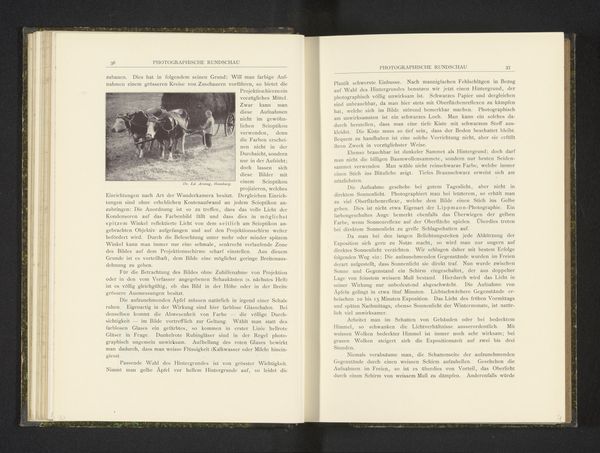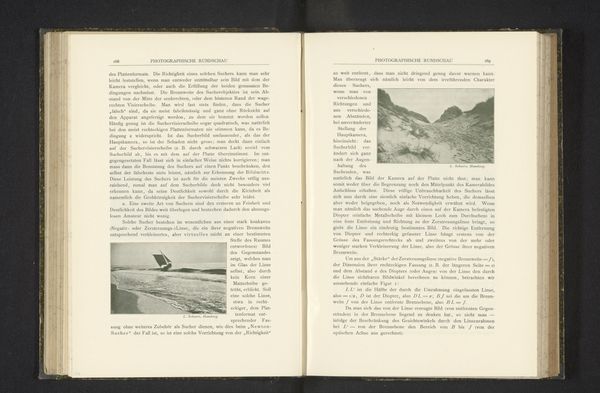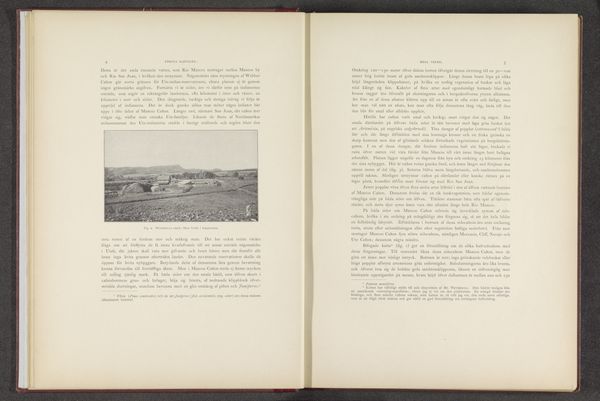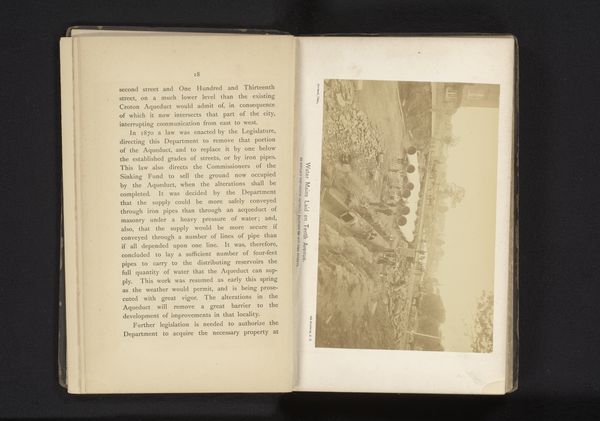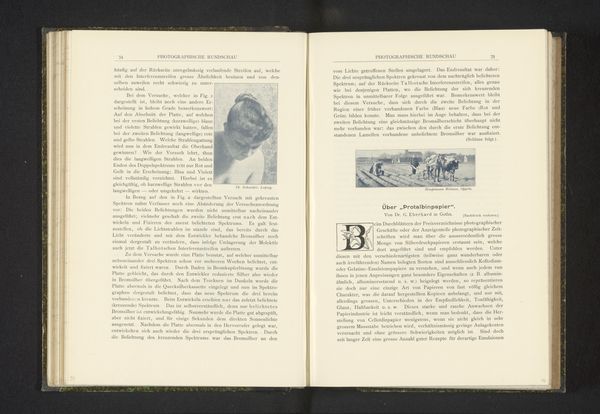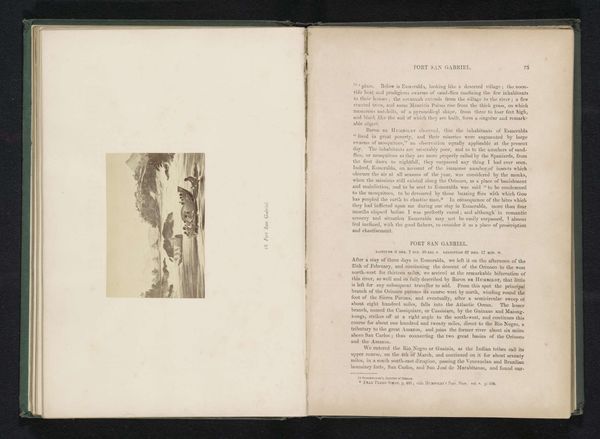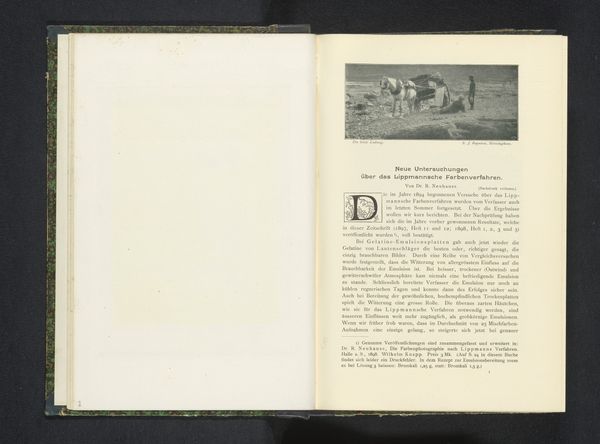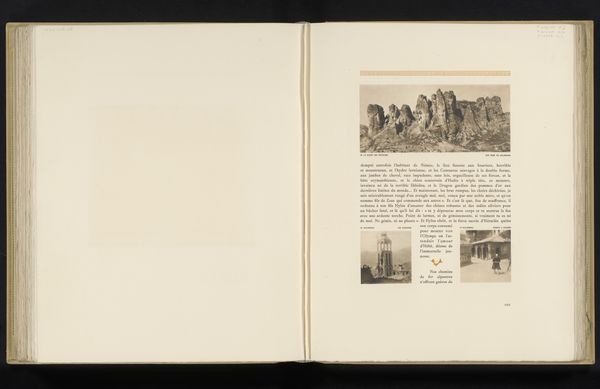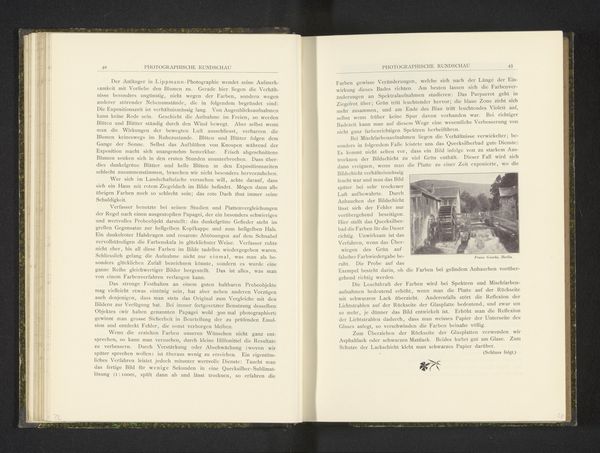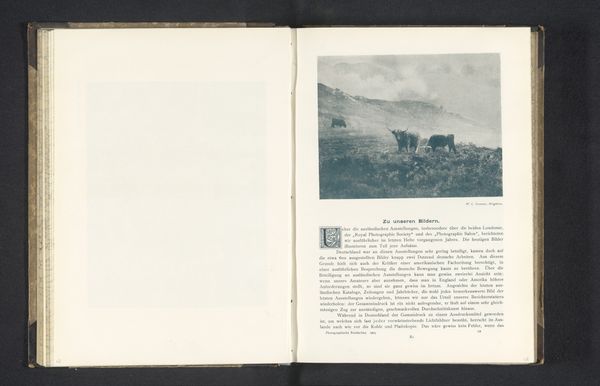
Dimensions: height 70 mm, width 73 mm
Copyright: Rijks Museum: Open Domain
Curator: Well, here we have “Koeien in een weiland,” or "Cows in a Meadow," a gelatin silver print by O. Bozenhardt, dating back to before 1898. My immediate reaction is of faded calm; there's a distinct nostalgic weight to the scene. Editor: Indeed, and consider the processes at play here. The gelatin silver print was an incredibly versatile method during its time, valued for its sharp detail and ease of reproduction in publications. Curator: That is very true. You see this replicated and printed as an inset within a book? It begs questions about accessibility to information for different socioeconomic groups in society during this period. Was the publication designed to reach a bourgeois reading audience and if so, how would this inform our reception of rural subjects and how these communities relate to cows as essential source material for the agricultural family's livelihood? Editor: Good points. It speaks to the commodification of rural imagery, packaged and consumed by a possibly urban and middle-class audience, shaping their perception of pastoral life. Look, the sepia tone suggests the passage of time but the photographic realism offers a certain truth claim. I mean it attempts at it. It is worth considering whether Bozenhardt wanted this photograph to be timeless or whether they had a critical engagement with rural realities? Curator: Bozenhardt was capturing and presenting these animals in a manner meant for wider consumption through printed matter, embedding rural life within existing socioeconomic frameworks. Editor: The means of production—from camera to print to bound book—define its consumption, and what kind of narrative are they implicitly spreading or fighting against, for a global audience that's ever increasingly relying on photography for documentary consumption? Curator: Thinking about the layers of labor—from agricultural work represented to the artist's work of documentation and finally to printing—gives the image an embedded story beyond the picturesque pasture. Editor: Exactly. Understanding that complex chain, especially thinking of those within marginalized rural farming groups. Curator: Makes the image, in a way, a relic of evolving media technology. Editor: Yes, it is deeply implicated within cultural shifts of that time and as such should never be seen as something pastoral but inherently as a social, economical and ecological document.
Comments
No comments
Be the first to comment and join the conversation on the ultimate creative platform.

